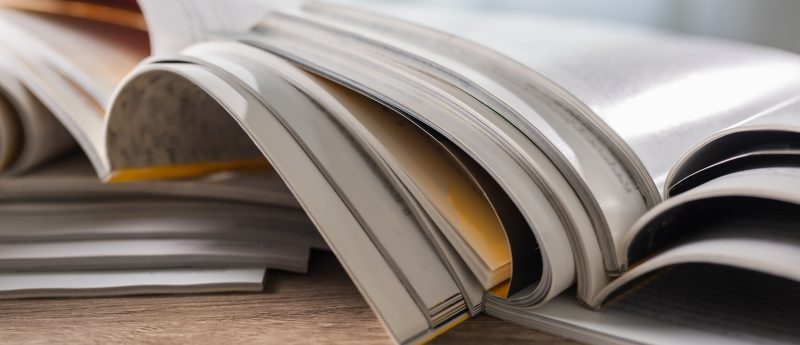Dispersive liquid–liquid microextraction: trends in the analysis of biological samples

Dispersive liquid–liquid microextraction (DLLME) is a recent microextraction technique that was first developed by Rezaee and co-workers in 2006. It allows the simultaneous extraction and preconcentration of analytes into a micro-volume of extracting solvent based on a ternary solvent system involving an aqueous phase, a nonpolar water-immiscible high-density solvent that acts as extraction phase, and a disperser solvent, which is often polar and water miscible. This article presents an overview of DLLME applications in the analysis of biological samples (e.g., plasma and urine). Aside from the classical DLLME applications using high-density extraction solvents, recent advances in the use of low-density...





